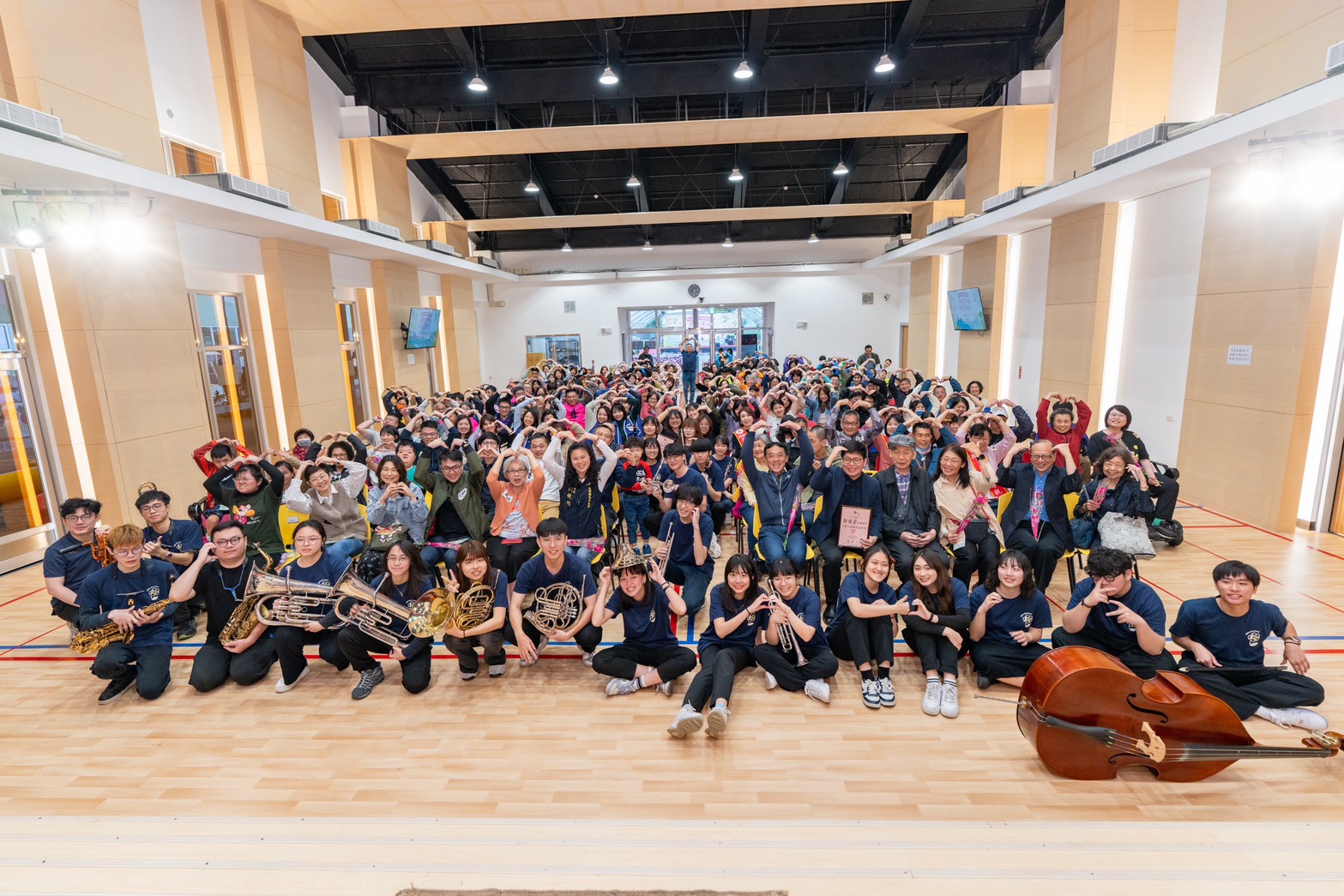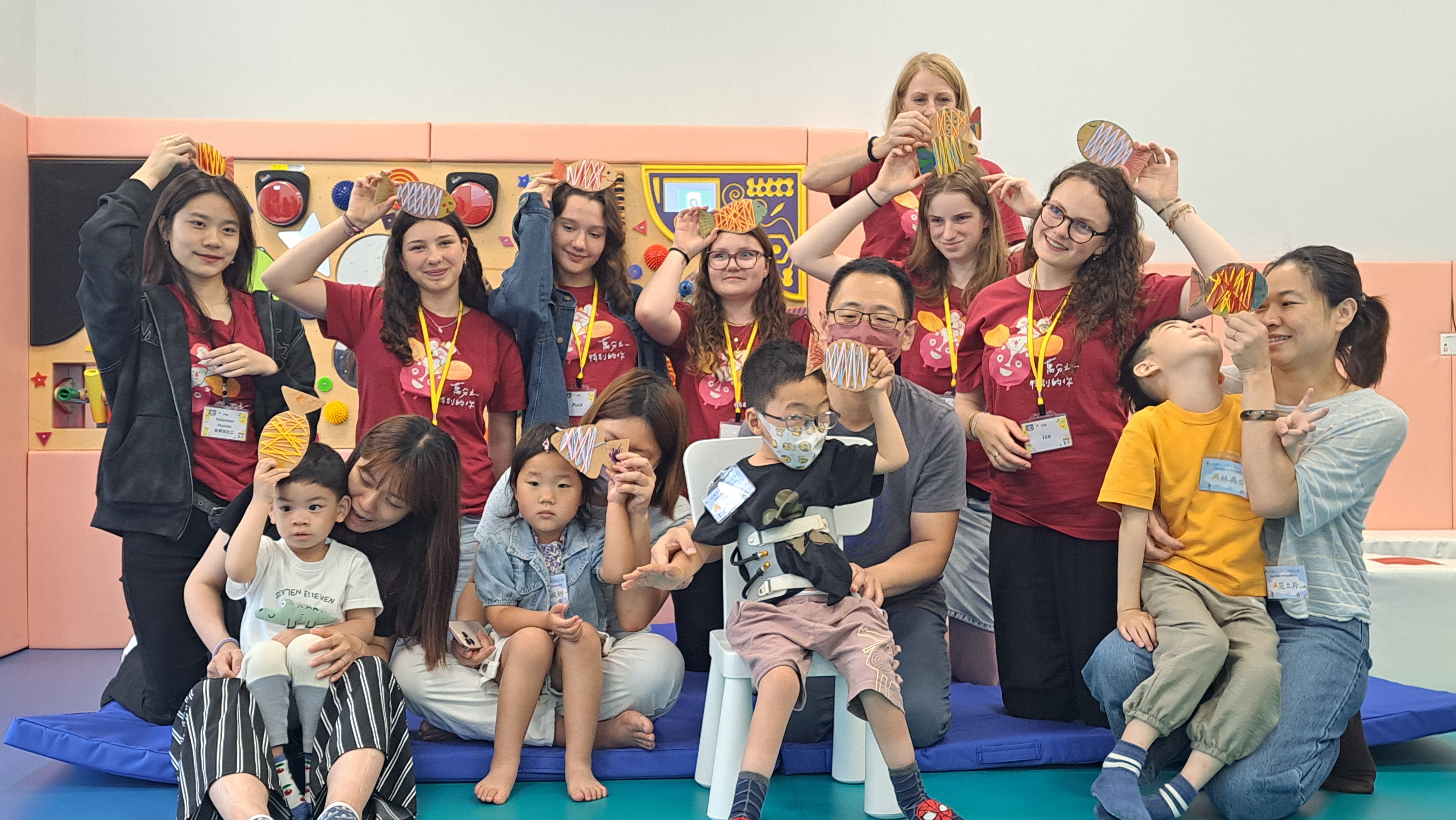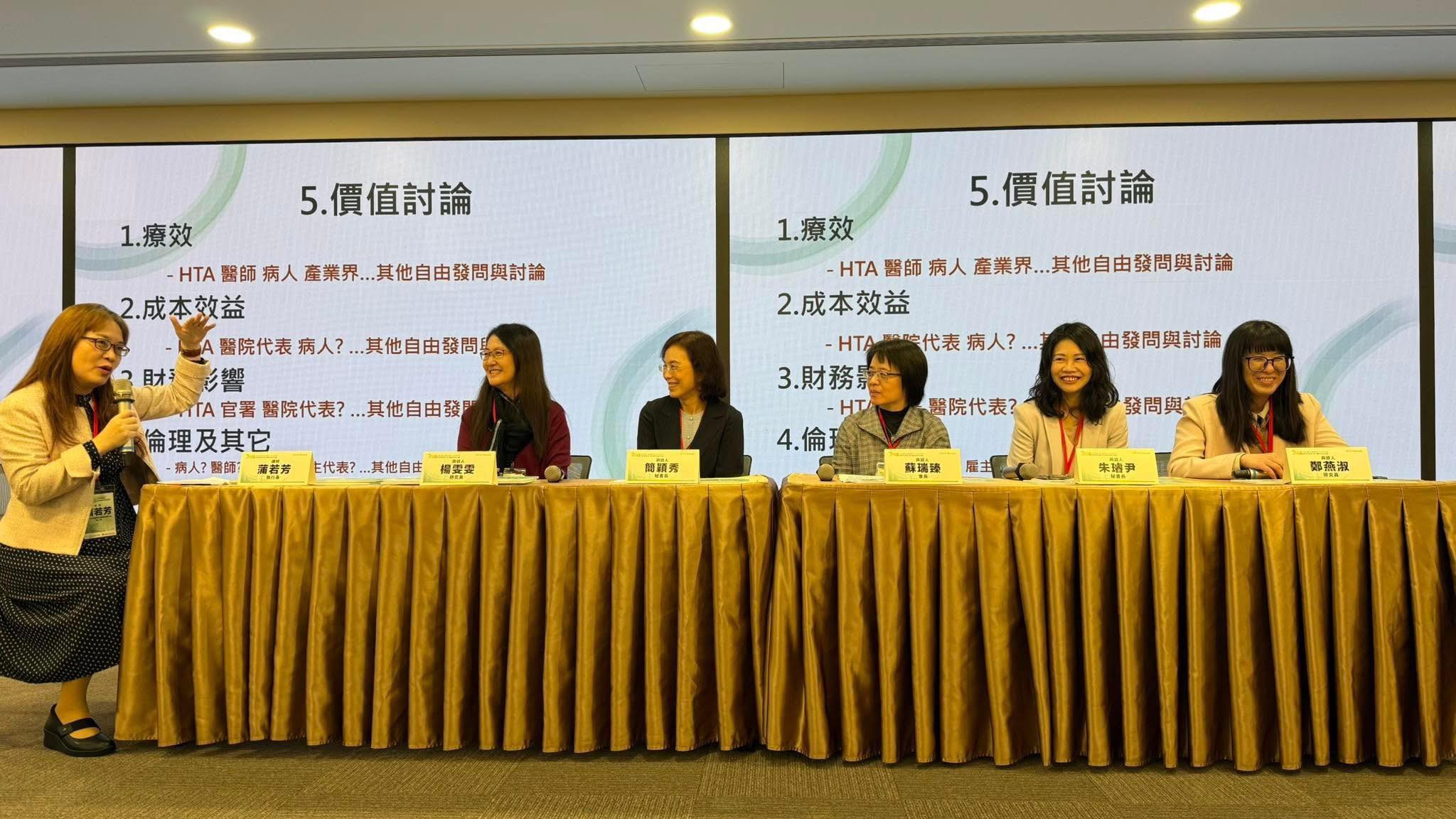News
To Diagnose RD by AI Technology is Within Reach
【New Knowledge】To Diagnose RD by AI Technology is Within Reach
You may have heard the Artificial Intelligence (AI) could be applied to take care of the elders, to help the children learn, and it even could be applied to medical surgeries. But do you know it is also possible to diagnose rare disease patients through AI technology in the future?
There are many kinds of rare diseases. The first imposrtant step of Rare disease Prevention is to diagnose. However, the diagnosis of rare diseases is very complicated and difficult. It usually relies on well-experienced genetics physicians to make inferences carefully, and arrange examinations for patients such as blood tests, urine tests, computerized tomography, blood draw, chromosome or gene tests and so on. The doctors have to eliminate any possibilities step by step, and then they make a diagnosis at last. The rare disease families also have a long suffering of waiting. What if the results are not as what they have expected, the examinations have to be taken over again. The best opportunity for the treatments may be delayed.
Currently, some international companies, such as Microsoft, SHIRE pharmaceutical company which produces orphan drug, and rare disorders organization in Europe (EURORDIS) have formed an alliance to cooperate with each other. They have researched and developed AI technology as a tool for diagnosing rare diseases, which can be used to assist clinicians to diagnose correctly. Recent years, we also keep up with the AI craze in Taiwan. In this April, National Taiwan University Hospital (NTUH), Department of Medical Genetics, had received subsidization from Ministry of Science and Technology and started a new research. They used big data analysis and AI, which is the most popular technology, to find the formula for rare disease diagnosis in Taiwan. Doctor HU, WU-LIANG, the project leader, described that the project has already passed the examination from Committee of Medical Ethics. We expect to analyze the electronic medical records of the rare disease patients in NTUH by AI technology, on which the identifiable information has been removed. We hope to find a way to help diagnosing rare diseases.
The pioneer research is expected to bring new hopes to the future diagnosis of rare disorders. In the near future, once the clinicians enter some key symptoms on the computer, it can help the doctors to find some possible diagnoses at first place, and with the doctor’s professional judgment and analysis, the accuracy and efficiency of the diagnosis can be improved.
Translator: Ellen Kuo (OI), Reviewer: Sandy








